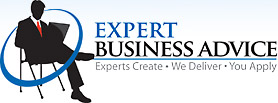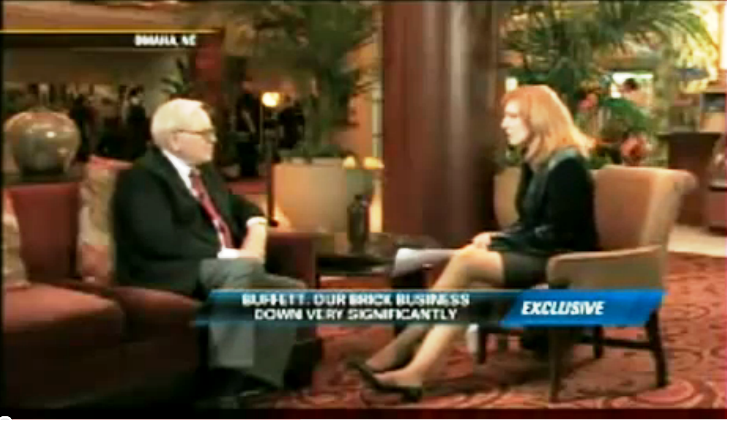
IT’S LIKELY that, at some stage in the sales process, you will be required to present a structured proposal to a group of people, in person.
To some of us, this opportunity is a dream come true; to others, it is a nightmare. Whether we relish the opportunity to deliver a PowerPoint presentation or break out in a cold sweat, the source of either reaction is the knowledge that this is really where business is won or lost. This is, more likely than not, it.
1. Start Fresh Each Time
Don’t just pull out your standard presentation. It is highly unlikely that anything you grab off the shelf will fit your potential client’s need. Generic, boiler plate information will impress nobody. If you’re going to phone it in with a standard template that your marketing guys knocked out some time ago, you are putting yourself at an immediate disadvantage.
2. Target Problems, Target Objections
Don’t launch into a rambling narrative about your company’s background, thinking it will establish your credibility. Instead, your introduction should focus on your abilities as they are now and the value they add. You are not there to talk about your company. Really, you’re not. You’re in the room to solve a problem or a set of problems. If you’re there, it means that your target audience has some kind of negative (or stagnant) issue, and is prepared to spend time and money to fix it. It is these specific motivations in your potential customer that you should be addressing from the get-go. Your whole presentation should speak to why your company is best placed to help them success in their specific circumstance.
In addition, make sure you’re always targeting any objections that you are aware of. If you think the strike against you is that you’re too expensive, keep pointing to evidence of value. If you know they’re worried that they may be taking a risk with you, make sure your language exudes stability and security.
3. Find an Original Angle
Dull, formulaic presentations are a chore to present and a chore to sit through. Make an effort to accomplish some originality—and even some humor. Inject up-to-date references or give your session a theme. If you’re going in with Introduction / Our Services / Costs, etc… you might cover the bases you need to, but you’ll be forgotten before you’re back in your car. Be creative. Stand out.
4. Never Encourage Your Audience to ‘Read’.
If your audience is reading, they’re not listening. If you put up a PowerPoint slide that contains large blocks of text that has every line appear at once, it’s likely that you will lose their attention and show your hand too early as you build to your final point. Animate your bullets to appear in a sequence so your audience is always at the same point you are.
5. Dump the PowerPoint When it Feels Right
Don’t hesitate to allow the conversation to move off-book, and even move completely away from the structure of your PowerPoint, in favor of an engaged conversation, whenever you can. Sales are made as a result of healthy dialogue and active conversation, not stiff and formal delivery. If your customer starts to exhibit buying signals as they lead you off on a complete tangent, let them go there. You have no vested interest in bringing things back to your structure. Great sales meetings often include the phrase ‘I guess we got away from the subject there, didn’t we?’
6. Create Places to Stop, Encourage Dialogue
Conversely, the least productive meetings are usually the ones that involve an entirely one-way dialogue. This is sometimes the result of nervous presenters sprinting to the finish; but often, that invaluable conversation never develops because it is never allowed to. A slick, polished presentation, no matter how convincing or well-focused, can lead nowhere if it doesn’t create stopping points and provoke two-way interactions.
7. Use Real Visual Aids, Not Just Illustrations
Nothing is more powerful in communicating complex information than a well-constructed diagram. They can make things instantly intelligible and memorable, two critical aspects of the customer’s response to ideas. So many presentations include pointless clip-art, cringe-inducing circles and boxes that convey nothing, simply because the author wants to break up the text and build points. It’s not easy to construct useful diagrammatic representations of your proposed ideas, but if you can, the effect on your message will be dramatic. SmartArt, an addition to the last round of PowerPoint updates, is a big help in this endeavor.
8. Don’t Build on Assumptions
Once it’s written down and on the screen behind you, it’s very difficult to retract it. If you make assumptions without fully understanding the customer’s needs, and those assumptions set up subsequent paths in your PowerPoint, then you will run into trouble if it turns out they are wrong. You can easily retract a mistaken assumption in conversation, but once it’s on paper, as part of a structured presentation, it is likely to cause trouble. There is nothing worse than moving to the next slide, only to see it all following down the path of an assumption that your customer has just clarified to be inaccurate. Oh, if you’re not trying to expand into that sector, then all this isn’t really relevant anyway.
9. Find Your Way Back to the Beginning
Presentations should be a perfect circle. You begin by laying out the issues and the reasons that you are the right people to engage, you go on to expand on how you will do this and why it is the most sensible path, you provide examples, references and case studies, then you return to the original points to show how it all confirms you as the right partner.
10. Close a Next Step
It’s unlikely that you’ll sign a contract in the room, even if you nail it. Nobody ever really sticks the landing. But you must come up with a solid next move, preferably something specific that maintains crucial momentum and takes you one step closer to a signature on the dotted line. Don’t settle for a commitment to e-mail a copy of the presentation; try to avoid accepting a ‘we’ll call you’ from your target. If you keep the next action on you, you get the chance to demonstrate your enthusiasm, and to keep the momentum going.






















